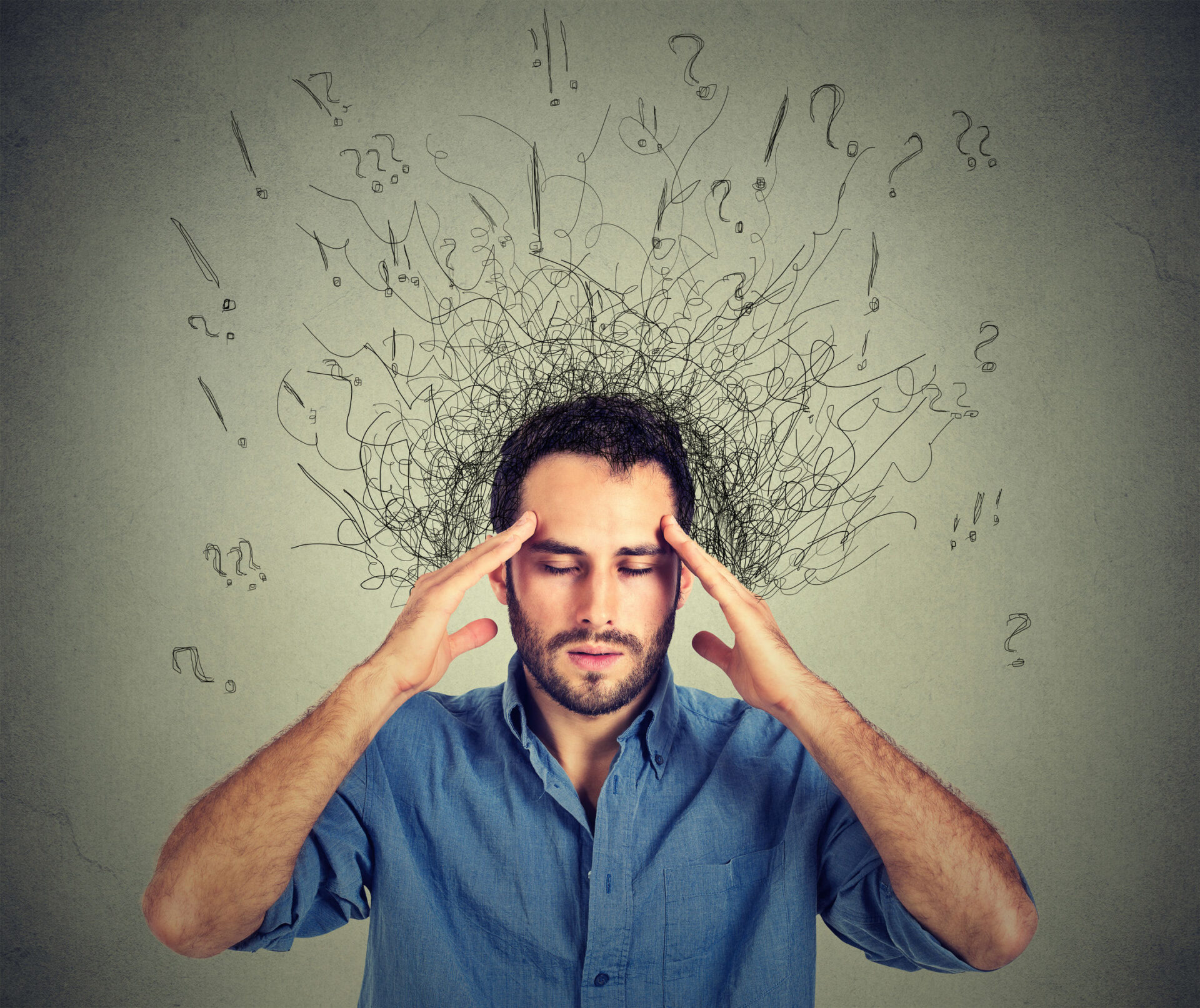Anxious Depression Disorder – Depression is more than just the feeling of having a bad day.
When our mood changes and begins interfering with our daily activities’ normal functioning, we may suffer from depression.
Depression is a common disease all around the world. According to the World Health Organization, nearly 3.8% of the population suffers from it. This figure includes 5.0% of adults and 5.7% of adults over 60. So, in general, about 280 million people worldwide have depression.
Experiencing occasional anxiety, on the other hand, is typical in our daily life. However, people with anxiety disorders often have intense, excessive, persistent worry and fear about everyday situations. Anxiety disorders can involve repeated episodes of sudden feelings of severe anxiety and fear or terror that peak within minutes (more commonly known as panic attacks).
These feelings of anxiety and panic also interfere with daily activities. In addition, they are difficult to control and may last longer.
Symptoms can begin either during childhood or adolescence and continue into adulthood.
Now, there is something more than having depression or anxiety; it’s having both.
Many people experience both anxiety and major depressive disorder, called Anxious Depression. This Anxious Depression comorbidity is rooted in the brain. Patients with Anxious Depression exhibit more severe depressive symptoms than nonanxious depression.
Various neuroendocrine, neurotransmitter and neuroanatomical disruptions characterize mood and anxiety disorders.
Major Depressive Disorder (also known as MDD) can take many different forms, and recent studies found that symptoms of anxiety also mark some instances of depression. People dealing with this form of depression, called “anxious depression,” face several shared challenges.
To help determine whether the patient has a Major Depressive Disorder diagnosis, the patient must meet several symptomatic criteria. As a result, different depressive profiles can exist, sometimes in total opposition to each other. Anxious depression is one of those suggested profiles, one of its definitive characteristics being comorbidity with specific anxiety symptoms.

Anxious depression generally applies to cases where the patient has been diagnosed with depression and anxiety symptoms. Research has shown that many cases of major depression also include anxiety symptoms.
Patients who, in contrast, have been officially diagnosed with anxiety and depression would consider having comorbid anxiety and depression rather than anxious depression.
Major Depressive Disorder, also called clinical depression, is a significant medical condition affecting many areas of your life. It impacts mood, behavior, and various physical functions such as appetite and sleep.
MDD is one of the most common mental health conditions in the United States. Some investigation data suggests that more than 8.4% of adults in the U.S. experienced a major depressive episode in 2020.
Some people with MDD never get treatment. However, most people with anxious depression disorder can learn to cope and function with treatment. Medications, psychotherapy, and other methods can effectively treat people with major depressive disorder and help them manage their symptoms.
Altho the exact cause of the major depressive disorder is still unknown; several factors can increase the risk of developing a major depressive disorder:
MDD may also be triggered by:
Based on the symptoms, feelings, or behaviors, a doctor or mental health professional can diagnose a patient with MDD.
Some criteria of conditions may help identify MDD, such as:
At Neurocare Centers of America, we specialize in TMS Therapy for the safe and effective treatment of Anxiety and Anxious Depression.
Recent advancements in research have found that also Anxiety and Anxious Depression can be treated with TMS Therapy, and the FDA has cleared the TMS treatment for Anxious Depression.
TMS Therapy offers a new path to wellness for individuals failing to find relief from their anxious depression with traditional cognitive behavioral therapy and medication.
TMS Therapy uses magnetic-pulse technology to stimulate the underactive areas of the brain that regulate mood and behavior. These neural pathways are often underactive in the brains of individuals who suffer from depression. TMS Therapy helps your brain build and strengthen the neural pathways, offering a drug-free and non-invasive treatment option with proven long-lasting symptom relief.
Contact us today to learn more about our TMS Therapy for Anxiety and Anxious Depression.
SOURCES
https://neurocarecoa.com/anxiety-and-anxious-depression/
https://www.brainsway.com/knowledge-center/anxious-depression-what-you-need-to-know/
https://pubmed.ncbi.nlm.nih.gov/10788678/
https://www.sciencedirect.com/science/article/abs/pii/S0165178100001311
https://www.mayoclinic.org/diseases-conditions/depression/symptoms-causes/syc-20356007
https://www.who.int/news-room/fact-sheets/detail/depression
https://www.mayoclinic.org/diseases-conditions/anxiety/symptoms-causes/syc-20350961
https://www.healthline.com/health/clinical-depression#what-is-it
https://www.healthline.com/health/clinical-depression#causes-and-risk-factors